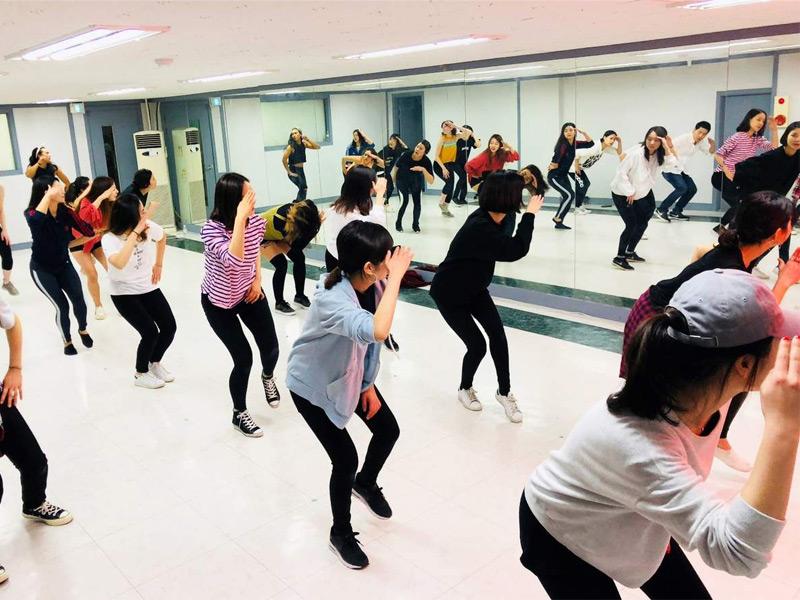How has modern dance changed over the years
Modern Dance History, Movements, Styles, Dancers & Competitions
Introduction to Modern Dance
Modern dance has many flavors. There are stark differences in the choreography of Ruth St. Denis and Ted Shawn, who formed "Denishawn", in dances like "Americaine" or "Radha" and today's Pilobilus, "Symbiosis," or the Swiss dance group, Mummenschanz, whose ultra-dramatic choreography is set to modern dance movements. Compare this to the style of modern dance in the film "Holiday Inn". Note the sequence where Danny Kaye performs a modern dance routine entitled, "Choreography," a kind of spoof on the contrast between modern dance, jazz and tap dance. The movements in "Choreography" are deliberately exaggerated to show the purpose of modern dance steps and movements.
History of Modern Dance
Modern dancers still rely on many ballet steps as part of their choreographed modern dance routines. Modern dance is deeply embedded in ballet syllabus. Historically, modern dance began as free form style lyrical ballet among a community of professional ballet dancers who refused to stop dancing. Isadora Duncan and Ruth St. Denis promoted modern dance as a way of continuing their dance careers, according to their biographies. The first modern dances choreographed required no dancing en pointe or rigid adherence to ballet movement.
A historical study of modern dance makes evident three phases of this dance style:
- The early period from 1880 to 1923
- The middle period from 1923 to 1946
- The late modern dance period from 1946 to the present
Basic Movements of Modern Dance
Basic movements in modern dance are fluidly free style. The ballet step, arabesque, in modern dance is often performed with oblique angles of the body and in turns. Other ballet steps like chasse, pas de bourree and port de bra of the arms are similar ballet movements used in modern dance choreography. Certain modern dance steps are performed on half pointe in bare feet or in modern dance sandals for stage performances.
Other ballet steps like chasse, pas de bourree and port de bra of the arms are similar ballet movements used in modern dance choreography. Certain modern dance steps are performed on half pointe in bare feet or in modern dance sandals for stage performances.
Modern dance may include chaine tour (chain turns), glissade (gliding steps) that predicate jetes (jumps) and tour de basque (leaps) and front-to-back and side-to-side steps, like the ballet step "chasse". In groups, modern dance choreography often includes geometric shapes like triangular, rectangular and circular shapes using from dancers' bodies. The use of geometric shapes in modern dance helps the audience to "see" the theme and subject of each modern dance routine.
Today, modern dance is often confused with "jazz dance", a dissimilar dance form that also relies on basic ballet movement.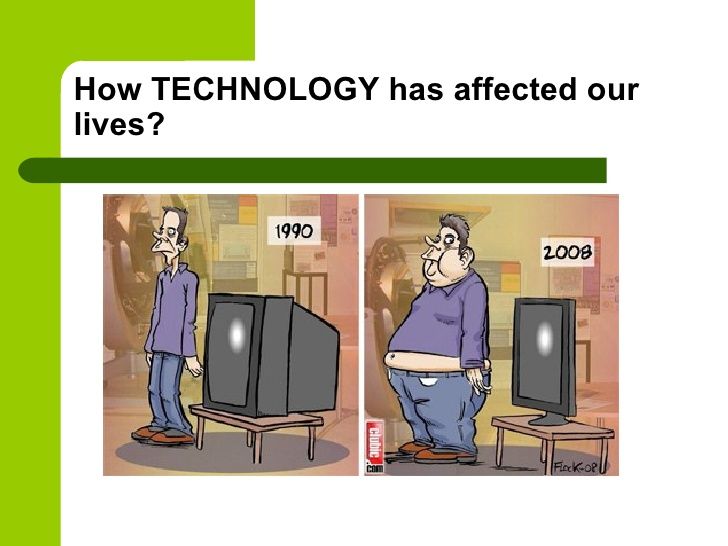 It is performed to faster tempos in contemporary music.
It is performed to faster tempos in contemporary music.
The difference between modern dance and jazz is that modern dance choreography is performed with a theme in mind. Jazz dance is free form and employs a variety of sharp turns, hops, jumps, leaps and jazz walks set to an upbeat style of music. In modern dance, these movements are softer and more fluid.
Popular Styles
Modern dance from 1990 to the present has taken a very different approach. Some choreographers and dancers include in modern dance styles hip hop, lyrical, free style and fusion, a combination of dance forms like tap, jazz, modern and ballet.
Since modern dance is usually performed in themed choreographic sequences, it projects a message. Choreography of hip hop, fusion and free style dance tends to be improvisational and without specific themes. Lyrical dance may have a choreographed theme. It leans more toward interpretative dance. Todays modern dance choreography may or may not be interpretative.
It leans more toward interpretative dance. Todays modern dance choreography may or may not be interpretative.
Famous Dancers
Isadora Duncan is considered the First Lady of Modern Dance. Ruth St. Denis and Ted Shawn, Hanya Holm and Doris Humphrey are earlier famous modern dancers.
In the US, Martha Graham is revered and honored for her modern dance technique. Among the most famous modern dancers is the statuesque Judith Jamison, whose style is a virtual testament to fluidity, grace and stature in dance.
Other famous dancers include Bela Lewitzky, Lester Horton, Twyla Tarp, Jerome Robbins, Paul Horton, Daniel Nagrin, Pearl Primus and Erick Hawkins.
Twyla Tarp is an actress/dancer/choreographer who is a legend in contemporary modern dance. Others include David Winters, Eliot Feld and Jaime Rogers. Jazz/modern dance choreographers include Bob Fosse, Gus Giordano and Luigi.
Current Trends
Current trends in modern dance focus less on interpretation and more on acrobatic and aerial movements in groups and with partners. Articulating crossover dance styles by adding words, drama and illusion are the most current trends.
Competitions USA / International
Modern dance competitions are a relatively new addition to the dance world. In the past, competitions were limited to established dance organizations and dance schools. Today, dance competitions are found in the US and internationally. These include, The Macedonia Open, The USA "Turn it Up" dance competition and annual Korean International Modern Dance competitions.
These include, The Macedonia Open, The USA "Turn it Up" dance competition and annual Korean International Modern Dance competitions.
modern dance | Britannica
Catherine Wheel
See all media
- Key People:
- Martha Graham Isadora Duncan Doris Humphrey Michio Ito Anna Sokolow
- Related Topics:
- eurythmics music visualization Ausdruckstanz Jacob’s Pillow Dance Festival synchoric orchestra
See all related content →
Summary
Read a brief summary of this topic
modern dance, theatrical dance that began to develop in the United States and Europe late in the 19th century, receiving its nomenclature and a widespread success in the 20th.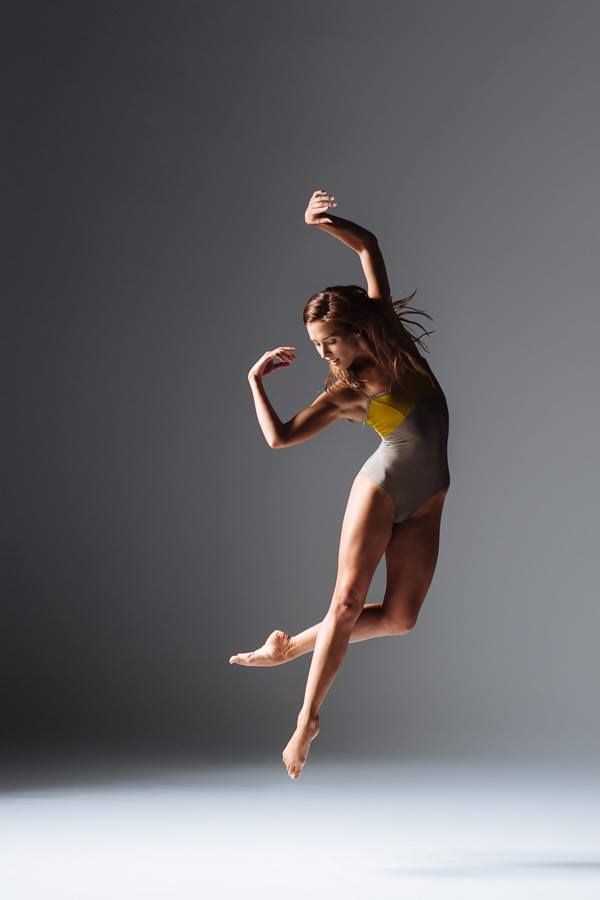 It evolved as a protest against both the balletic and the interpretive dance traditions of the time.
It evolved as a protest against both the balletic and the interpretive dance traditions of the time.
The forerunners of modern dance in Europe include Émile Jaques-Dalcroze, proponent of the eurythmics system of musical instruction, and Rudolf Laban, who analyzed and systematized forms of human motion into a system he called Labanotation (for further information, see dance notation). A number of the modern dance movement’s precursors appeared in the work of American women. Loie Fuller, an American actress turned dancer, first gave the free dance artistic status in the United States. Her use of theatrical lighting and transparent lengths of China-silk fabrics at once won her the acclaim of artists as well as general audiences. She preceded other modern dancers in rebelling against any formal technique, in establishing a company, and in making films.
Dance was only part of Fuller’s theatrical effect; for another American dancer, Isadora Duncan, it was the prime resource. Duncan brought a vocabulary of basic movements to heroic and expressive standards. She performed in thin, flowing dresses that left arms and legs bare, bringing a scale to her dancing that had immense theatrical projection. Her revelation of the power of simple movement made an impression on dance that lasted far beyond her death.
Duncan brought a vocabulary of basic movements to heroic and expressive standards. She performed in thin, flowing dresses that left arms and legs bare, bringing a scale to her dancing that had immense theatrical projection. Her revelation of the power of simple movement made an impression on dance that lasted far beyond her death.
Formal teaching of modern dance was more successfully achieved by Ruth St. Denis and Ted Shawn. St. Denis based much of her work on Eastern dance styles and brought an exotic glamour to her company. Shawn was the first man to join the group, becoming her partner and soon her husband. Nonballetic dance was formally established in 1915, when they founded the Denishawn school.
From the ranks of Denishawn members, two women emerged who brought a new seriousness of style and initiated modern dance proper. Doris Humphrey emphasized craftsmanship and structure in choreography, also developing the use of groupings and complexity in ensembles. Martha Graham began to open up fresh elements of emotional expression in dance. Humphrey’s dance technique was based on the principle of fall and recovery, Graham’s on that of contraction and release. At the same time in Germany, Mary Wigman, Hanya Holm, and others were also establishing comparably formal and expressionist styles. As in Duncan’s dancing, the torso and pelvis were employed as the centres of dance movement. Horizontal movement close to the floor became as integral to modern dance as the upright stance is to ballet. In the tense, often intentionally ugly, bent limbs and flat feet of the dancers, modern dance conveyed certain emotions that ballet at that time eschewed. Furthermore, modern dance dealt with immediate and contemporary concerns in contrast to the formal, classical, and often narrative aspects of ballet. It achieved a new expressive intensity and directness.
Humphrey’s dance technique was based on the principle of fall and recovery, Graham’s on that of contraction and release. At the same time in Germany, Mary Wigman, Hanya Holm, and others were also establishing comparably formal and expressionist styles. As in Duncan’s dancing, the torso and pelvis were employed as the centres of dance movement. Horizontal movement close to the floor became as integral to modern dance as the upright stance is to ballet. In the tense, often intentionally ugly, bent limbs and flat feet of the dancers, modern dance conveyed certain emotions that ballet at that time eschewed. Furthermore, modern dance dealt with immediate and contemporary concerns in contrast to the formal, classical, and often narrative aspects of ballet. It achieved a new expressive intensity and directness.
Another influential pioneer of modern dance was dancer, choreographer, and anthropologist Katherine Dunham, who examined and interpreted the dances, rituals, and folklore of the black diaspora in the tropical Americas and the Caribbean.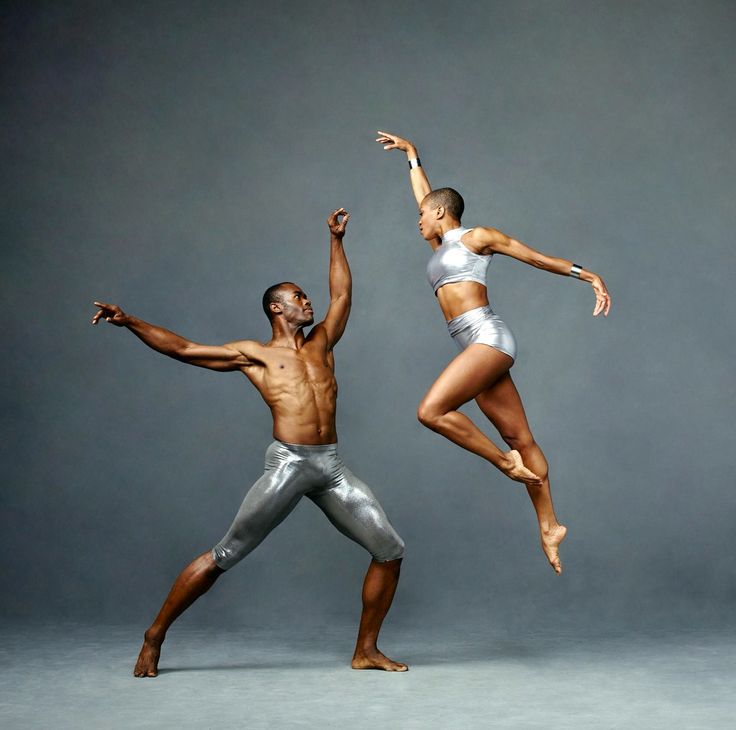 By incorporating authentic regional dance movements and developing a technical system that educated her students mentally as well as physically, she expanded the boundaries of modern dance. Her influence continues to the present day.
By incorporating authentic regional dance movements and developing a technical system that educated her students mentally as well as physically, she expanded the boundaries of modern dance. Her influence continues to the present day.
Get a Britannica Premium subscription and gain access to exclusive content. Subscribe Now
Like Dunham, Trinidadian-born dancer and choreographer Pearl Primus studied anthropology. Her studies led her to Africa (she ultimately took a Ph.D. in African and Caribbean studies), and her choreography explored African, West Indian, and African American themes.
Lester Horton, a male dancer and choreographer who worked during the same period as Dunham and Primus, was inspired by the Native American dance tradition. He was involved in all aspects of the dance, lighting, sets, and so on and also was a noted teacher, whose students included Alvin Ailey, Jr., and Merce Cunningham,
Eventually rejecting psychological and emotional elements present in the choreography of Graham and others, Cunningham developed his own dance technique, which began to incorporate as much ballet as it did modern dance, while his choreographic methods admitted chance as an element of composition and organization. Also in the 1950s Alwin Nikolais began to develop productions in which dance was immersed in effects of lighting, design, and sound, while Paul Taylor achieved a generally vigorous and rhythmic style with great precision and theatrical projection in several works responding to classical scores.
Also in the 1950s Alwin Nikolais began to develop productions in which dance was immersed in effects of lighting, design, and sound, while Paul Taylor achieved a generally vigorous and rhythmic style with great precision and theatrical projection in several works responding to classical scores.
Cunningham was a prime influence on the development of postmodern dance in the 1960s and later. Based especially in New York City, a large number of new dancers and choreographers—Trisha Brown, Yvonne Rainer, Pina Bausch, and many others—began to abandon virtuoso technique, to perform in nontheatre spaces, and to incorporate repetition, improvisation, minimalism, speech or singing, and mixed-media effects, including film. Out of this context emerged artists such as Twyla Tharp, who gradually reintroduced academic virtuosity, rhythm, musicality, and dramatic narrative to her dance style, which was based in ballet and yet related to the improvisatory forms of popular social dance. (See also Tharp’s Sidebar: On Technology and Dance. )
)
Since its founding, modern dance has been redefined many times. Though it clearly is not ballet by any traditional definition, it often incorporates balletic movement; and though it may also refer to any number of additional dance elements (those of folk dancing or ethnic, religious, or social dancing, for example), it may also examine one simple aspect of movement. As modern dance changes in the concepts and practices of new generations of choreographers, the meaning of the term modern dance grows more ambiguous.
This article was most recently revised and updated by Kathleen Kuiper.
The history of the development of modern dance | Educational social network
Municipal budgetary educational institution
"Gymnasium No. 71" ("Rainbow")
Scientific and practical conference of students' research work
"Erudite"
Section: "Culture and sports"
Research topic:
"History" Development of Contemporary Dance»
Authors: Priezzheva Sofya,
Shardakova Anastasia
Class: 8 A
Supervisor: Votintseva A.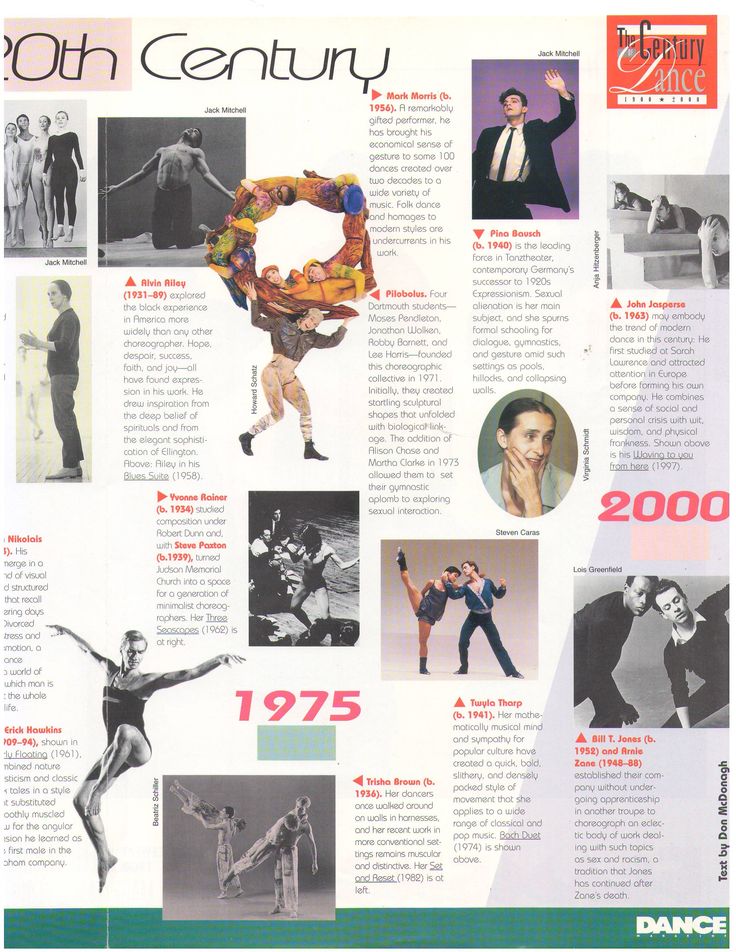 V.,
V.,
choreography teacher
Kemerovo 2019
Contents
Introduction 3
World dancers and choreographers 5
2. Types of modern dance 9
3. The history of the development of modern dance in Russia 10
3.1. Problems of development of contemporary dance in Russia 11
Conclusion 13
References 14
Introduction
The history of modern dance has its roots in the distant past. The first dance movements were a reflection of the sensual impressions of people received from the outside world.
The art of dance is the oldest manifestation of the original creativity of different peoples of the world. The dance was born simultaneously with the appearance of man, as it was a natural physiological need for rhythmic movements.
The history of modern choreography begins with the search for freedom. This seemingly simple desire drives modern choreographers today. Their activity is not just a new form of expression. This is an attempt to rethink dance as an art, to find an alternative approach to movement, ideology and aesthetics. Everything that has been created and is being created in the world of dance is continuously interconnected. Historical context, personal circumstances, location and, sometimes, chance determine the fate of this art form. nine0004
This is an attempt to rethink dance as an art, to find an alternative approach to movement, ideology and aesthetics. Everything that has been created and is being created in the world of dance is continuously interconnected. Historical context, personal circumstances, location and, sometimes, chance determine the fate of this art form. nine0004
The modern form of dance is fundamentally different from its predecessor - classical dance, in which the main emphasis is on strict certain rules and norms. But, nevertheless, in modern dance the basis is made up of movements, steps and pas taken from classical ballet.
The purpose of this project is to study the development of contemporary dance.
To achieve this goal, it is necessary to solve a number of tasks:
- define the concept of "modern dance"; nine0059
- study the history of the development of contemporary dance;
- highlight significant personalities in contemporary choreography;
- outline its main principles and features;
- describe the current state of contemporary dance in Russia.

- Origins of modern dance
Modern dance originates from classical ballet. It arose as a result of society's reaction to the strict, firm and to some extent formal restrictions of classical ballet. nine0004
Today, modern dance is an independent form of art, where movements, music, and light are combined in a new way. The concept of modern dance lies in the freedom and expressiveness of movements, which provide an amazing opportunity to express your feelings in the most vivid colors.
In the 60s, a real revolution in dance culture began. The course of dance development has changed and has become focused on the simplicity of movements, the beauty of small details, on naturalness. The main principle in the dance was feelings taken from life. At first, the new dance form did not even provide for the use of costumes, plots, scenery and other similar props, based on naturalness. But, as it turned out, this decision did not have a very positive effect on dance shows.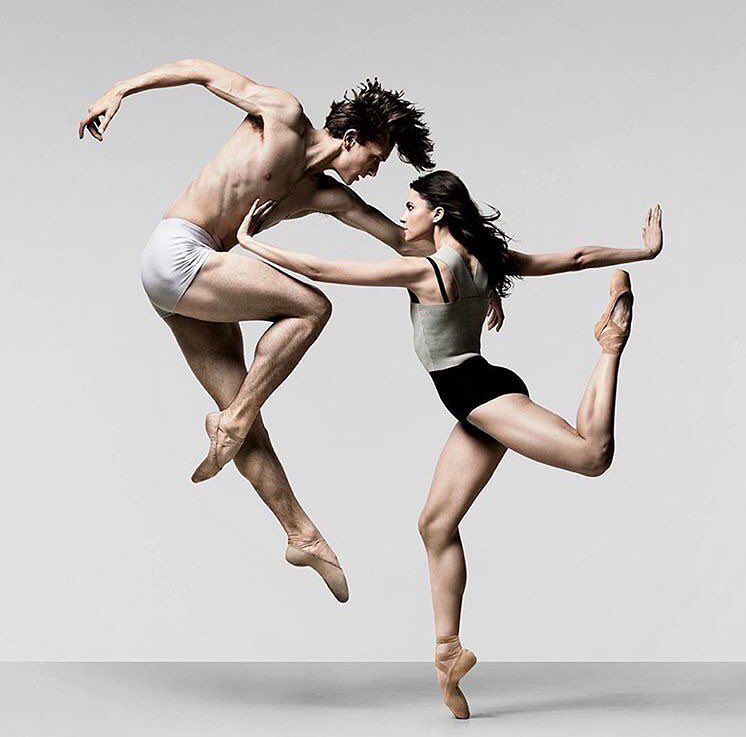 Therefore, various objects and decorations soon appeared in modern choreography, contributing to greater entertainment and a good impression of the ongoing action on the stage. nine0004
Therefore, various objects and decorations soon appeared in modern choreography, contributing to greater entertainment and a good impression of the ongoing action on the stage. nine0004
Modern dance developed and improved very quickly. And already by the 80s, it turned into a whole dance action, striking in its beauty, high level of technique and impeccable movements, which were an amazing composition in combination with appropriate music, which developed as dynamically as modern dance. It is worth noting that it has become fashionable to combine modern choreography with classical dance. Thanks to the high professionalism and refined skills of the choreographers and dancers, this combination looked quite harmonious and completely new. This combination was to the taste of the public and the choreographers themselves. The combination of classical ballet and modern dance forms contributed to the development of new styles and types of dance. nine0004
The middle of the twentieth century was a time of dynamic development and improvement for dance culture.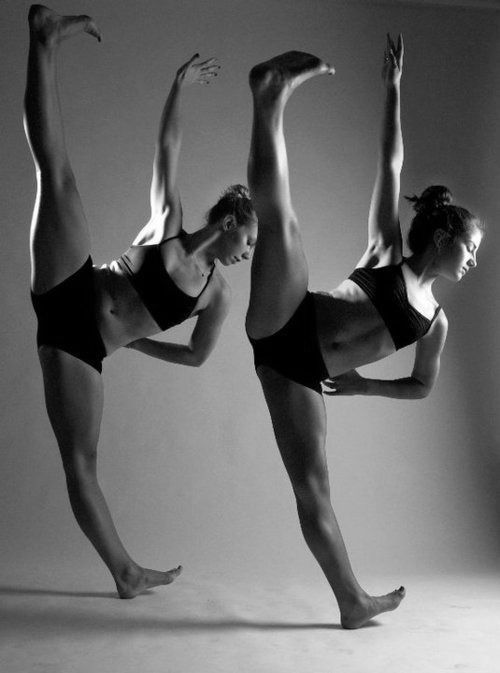 During these years, modern dance has almost completely moved away from the concepts of ballet and turned into a self-sufficient full-fledged art, based on movements taken from classical ballet, skillfully disguised as a new way. It can be said with full confidence that the 20th century was a real creative breakthrough for choreography and a kind of revolution in the culture of dance. nine0004
During these years, modern dance has almost completely moved away from the concepts of ballet and turned into a self-sufficient full-fledged art, based on movements taken from classical ballet, skillfully disguised as a new way. It can be said with full confidence that the 20th century was a real creative breakthrough for choreography and a kind of revolution in the culture of dance. nine0004
So, modern (or modern dance) is a trend in choreography that belongs to the 20th century. Literally translated, it means "modern", which subsequently served as the name for this dance direction.
- World dancers and choreographers
Various modern dance techniques are formed under the influence of a clearly stated philosophical thought or a certain vision of the world, created on the basis of the creativity of a particular person. Building a connection between the form of dance and the internal state is the main task of the performer. nine0004
In the field of stage dance there were bright and talented performers Loi Fuller, Ruth Saint-Denis, Ted Shawn, Isadora Duncan.
Isadora Duncan had a huge number of followers around the world, as well as her dance studios in New York, Paris, Berlin and Moscow, but she never created her own school. Her special stage style amazed and delighted the audience. Dancing barefoot in a light tunic, she moved freely, using all the possibilities of movement. She did not have an ideal figure, did not demonstrate a special dance technique, but she captivated the audience with her performance. Her naturalness expressed her individuality. In her work, Isadora Duncan relied on intuition and improvisation. nine0004
Duncan's work took place at the same time as the work of Loe Fuller. Duncan followed the path of the inner, emotional state, while Fuller, on the contrary, touched the outer component. She experimented in everything - scenery and light, costume details, played with shapes, brightness of colors. Loi Fuller fantastically used various movements of the body and arms, while not having any special choreographic data.
Ruth St. Denis continued her search for Isadora Duncan. Her works succumbed to the influence of the East, religious and mystical subjects were embodied in dances. At 19In 15, Denis and her husband Ted Shawn open the first Denishawn modern school, the name of which becomes a symbol of professional modern dance.
In the first half of the 1930s, the ideas of Art Nouveau were perfected in the USA, Germany and Western Europe.
Rudolf von Laban - theorist and inspirer of expressionism in dance, who turned to the philosophical teachings of ancient India. In 1928, he proposes a "universal theory of dance gesture" which proved to be applicable to describe all plastic-dynamic characteristics, no matter what category they belong to. nine0004
Beginning in the second half of the 1930s, the USA became the center for the development of modern dance. The central names here are Charles Weidman, Martha Graham, Doris Humphrey, who at one time graduated from the Denishone and Chania Holm schools. They were great dancers and teachers who created their own system for training performers.
They were great dancers and teachers who created their own system for training performers.
Martha Graham was the first educator to create such a system. Her first productions, presented in New York in 1926, brought success to her and her company. In continuation of her career, she created performances based on biblical and ancient stories. Martha Graham sought to create a dance language that could convey all human experiences. nine0004
Doris Humphrey's career as a performer was not long. Due to illness, she leaves the stage and remains in the troupe of Jose Limon, where she is engaged in staging and teaching. She was an opponent of the beauty and stylization of Saint-Denis, placing great emphasis on the accuracy and technical component of the dance. The art of the East, the folk dances of American Indians and African Americans, gave impetus to her work. It was Doris who became the first teacher of dance composition in the USA. She wrote the book The Art of Dance. nine0004
After the Second World War, choreographers and dancers performed their performances in the streets and parks.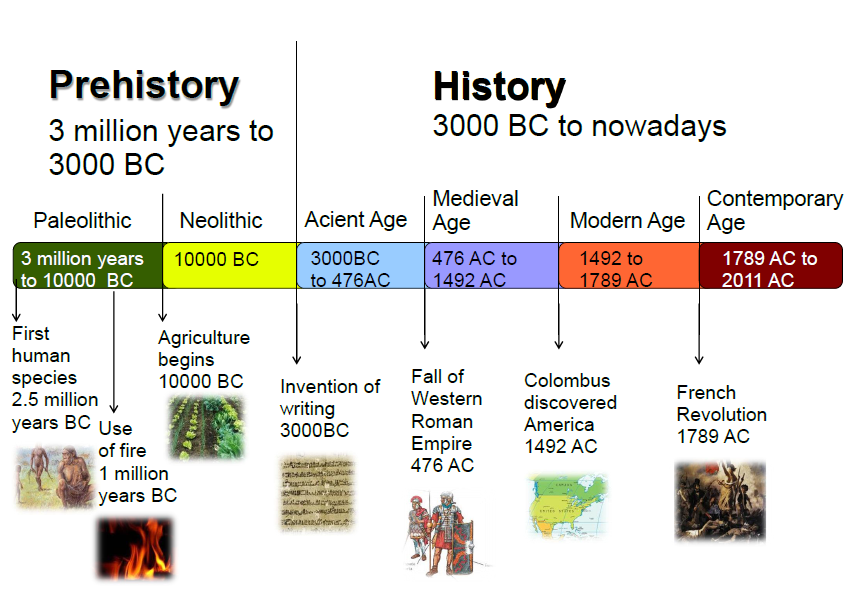 Some even refuse musical accompaniment, using only noises or drums.
Some even refuse musical accompaniment, using only noises or drums.
Jose Limón continued the traditions established in the art of dance. His dances synthesized American modern and Spanish-Mexican traditions.
Merce Cunningham chooses his own path of dance development and opens his own postmodern school. Cunningham viewed the performance as a union of independently created, independent elements. In his work, Cunningham collaborated with composer John Cage, whose ideas he transferred to his productions. He realized that every movement can be dance and the composition is created by chance. The main task of the choreographer is to create a choreography in which each of the dancers performs movements in different rhythms. nine0004
It is worth noting a few more prominent representatives of postmodernism, such as Alvin Nikolais, Paul Taylor, Meredith Monk, Trisha Brown.
Interest in Art Nouveau grew in Western Europe as well. American educators began to conduct the first seminars back in 1959 in Germany, Walter Nike, who was a student of Catherine Dunham.
By the beginning of the 70s, several modern dance schools had formed. In parallel with modern dance, jazz dance is being improved. During this period, choreographers and teachers are increasingly combining different styles and techniques of dance. nine0004
The famous teacher Lester Horton, who created the technique of modern dance, laid the foundation for jazz modern dance.
Jack Cole was the first choreographer to combine these two techniques in his work. His system, Hindi Jazz, combined the black dance isolation technique, the Indian folk dance movement and the Denishawn achievement.
Gass Giordano was one of the founders of jazz modern dance, who wrote the first textbook describing the technique of this dance style. nine0004
- Types of modern dance
Currently, there are four main dance systems with their own aesthetics, school and performance technique: classical, folk,
jazz-modern, modern and postmodern dances (a term proposed by I. Reiner to refer to American direction), or contemporary (a term proposed for European contemporary dance). These are the systems that have their own history, their own aesthetic module, their own technique, their own methods of training performers, their own language of movements. Let's define each of these directions. nine0004
Reiner to refer to American direction), or contemporary (a term proposed for European contemporary dance). These are the systems that have their own history, their own aesthetic module, their own technique, their own methods of training performers, their own language of movements. Let's define each of these directions. nine0004
Classical dance is the main expressive means of ballet; a system based on the careful development of various groups of movements, which appeared at the end of the 16th century in Italy and was further developed in France thanks to the court ballet.
Folk dance is a folklore dance that is performed in its natural environment and has certain movements, rhythms, costumes, and the like, traditional for the area. Folklore dance is a spontaneous manifestation of feelings, mood, emotions, performed primarily for oneself, and then for the viewer (society, group). nine0004
Jazz-modern dance is a dance direction that is unique in its essence, which appeared in the 70s of the last century as a protest. A protest against classical ballet performances that are boxed in and do not allow improvisation.
A protest against classical ballet performances that are boxed in and do not allow improvisation.
Contemporary dance is a modern stage dance that includes a variety of styles and techniques.
- The history of the development of contemporary dance in Russia
Due to certain political conditions, a feature of the development of modern stage dance in Russia is the lack of historical experience both in the education of dancers and choreographers, and in the perception of the audience. Modern dance has been developing for a hundred years, postmodern (contemporary) has been developing for more than fifty years. Russia is only trying to join this process. That is why the performances of modern Russian choreographers S. Pepelyaev, E. Panfilov, O. Pona, O. Bavdilovich, T. Baganova and others often encounter misunderstanding and rejection by the Russian public, although they are enthusiastically perceived by the Western one. nine0004
At the moment, a paradoxical situation is emerging when dancers and choreographers, due to the need of the time, are ready to accept the new language and aesthetic credo of modern dance, but due to the lack of information and the training system for performers and choreographers, they do not know how to do this.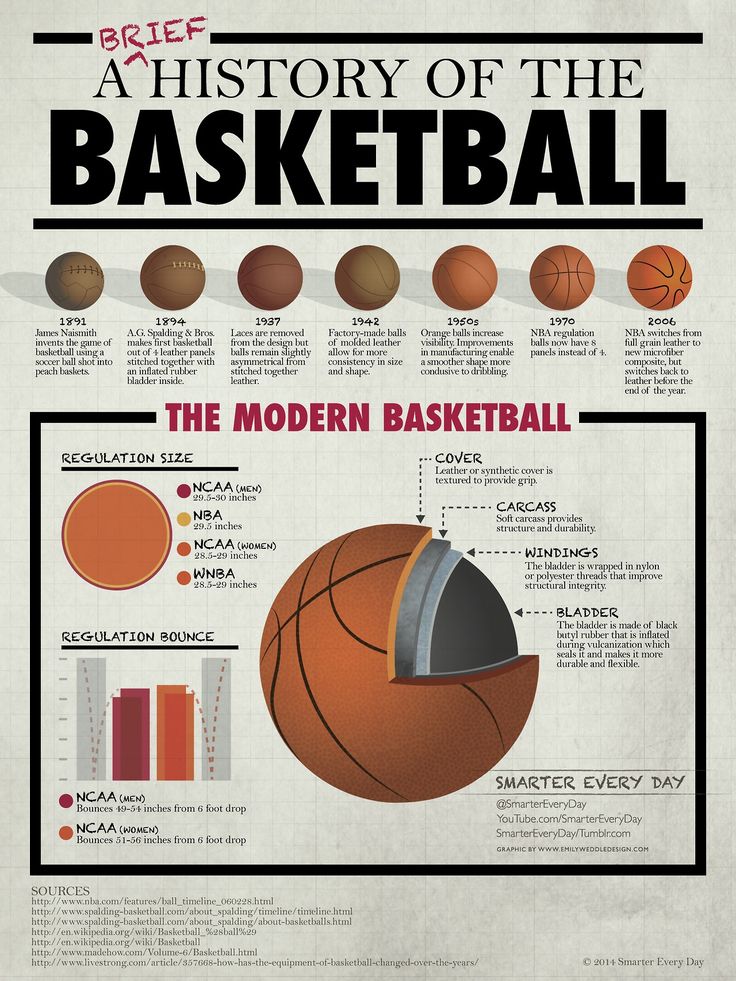
I would like to quote the well-known theorist and practitioner of dance therapy A. Girshon about the current state of modern dance in Russia: “If we consider that dance is a language (text), then most of what happens on the modern dance scene (at least who considers himself such) is an attempt to speak a foreign language, when you are fascinated by the very sound of hitherto unfamiliar sounds, but you combine them according to the laws of the language you know. Many modern dance groups use the vocabulary of contemporary, modern, contact partnering, but they use it practically in finished form. nine0004
The new dance in Russia has an obviously non-metropolitan origin. Small troupes most often arise not where academic traditions are naturally strong. It was the Russian province that served as a stage for the formation of a new dance: Perm and Yekaterinburg, Volgograd and Chelyabinsk, Novosibirsk and Vladivostok, Saransk and Yaroslavl became the centers of Russian contemporary. Several professional troupes appeared, and the constant accusations of amateurism and amateur performances are losing their relevance. All these years, Russian dancers and choreographers have studied a lot, using the slightest opportunity. Master classes, summer schools, foreign trips and trainings by invited Western teachers have done their job, and today we have both well-trained dancers and, most importantly, choreographers who think differently. nine0004
Several professional troupes appeared, and the constant accusations of amateurism and amateur performances are losing their relevance. All these years, Russian dancers and choreographers have studied a lot, using the slightest opportunity. Master classes, summer schools, foreign trips and trainings by invited Western teachers have done their job, and today we have both well-trained dancers and, most importantly, choreographers who think differently. nine0004
The pride of our region can be considered the emergence of a new dance project "A NiceDay" - the largest dance center in Siberia in the city of Krasnoyarsk. The development of modern dance is closely connected with the dance company of Elena Slobodchikova and the Isadora International Festival of Contemporary Dance, which is one of the largest dance competitions.
- Problems of the development of modern dance in Russia
- There is no definition of what modern dance is. In Russia, the global standard for defining the concept of "modern dance" has not yet been adopted, which is often replaced by social dance.
 At the moment, unfortunately, nothing can be done about this terminological confusion, we can only officially recognize two terms: “modern dance” (as social) and “modern” (as modern stage dance in the world sense). At the everyday level, “modern dance” is a dance of the present, but we can clearly divide it into two large groups: stage dance (choreographic art) and social (domestic) dance, that is, dance as a cultural phenomenon that is integral with everyday life our society. nine0059
At the moment, unfortunately, nothing can be done about this terminological confusion, we can only officially recognize two terms: “modern dance” (as social) and “modern” (as modern stage dance in the world sense). At the everyday level, “modern dance” is a dance of the present, but we can clearly divide it into two large groups: stage dance (choreographic art) and social (domestic) dance, that is, dance as a cultural phenomenon that is integral with everyday life our society. nine0059 - Modern dance in Russia does not have any support from government agencies. Note that when modern came to France, thanks to the efforts of the government, 14 national centers of modern dance were opened throughout France with their own premises, staff of teachers, concert venues! And this made it possible in the shortest possible time, in almost 10 years, to educate young choreographers now known all over the world.
- Contradiction between the mindset of a choreographer in classical and modern choreography.
 The emergence of new directions of dance in the 20th century led to the emergence of a whole range of expressive possibilities for the choreographer. Each dance system has its own aesthetic and, therefore, its own dance language, with which the choreographer creates a work of art. Naturally, the choreographer's thinking changes, depending on the perception of a certain aesthetics of a particular choreographic direction, and depending on the expressive means that he uses. nine0059
The emergence of new directions of dance in the 20th century led to the emergence of a whole range of expressive possibilities for the choreographer. Each dance system has its own aesthetic and, therefore, its own dance language, with which the choreographer creates a work of art. Naturally, the choreographer's thinking changes, depending on the perception of a certain aesthetics of a particular choreographic direction, and depending on the expressive means that he uses. nine0059
Conclusion
As part of this research work, the goal was achieved - the history of the development of modern dance was studied. In addition, all the tasks put forward were completed, thanks to which a full understanding of the concept of "modern dance" was formed - there is art that is fundamentally author's, individual.
Significant personalities, types, main problems of the development of modern dance in Russia were given in the work. nine0004
It has become clear that modern choreography belongs to that field of art that rejects the existence of any standards, samples, standards and models and relies on the individuality of the author, who creates his own autonomous artistic world.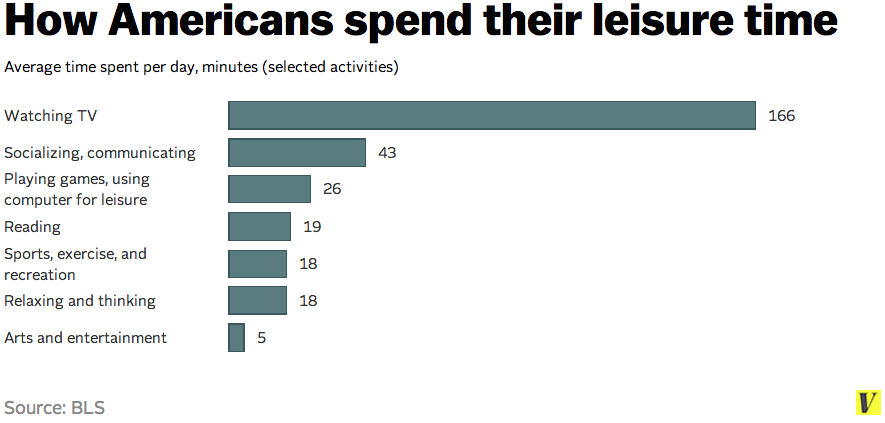
References
- Nikitin V. Yu. “Modern dance in Russia tendencies and prospects”
- Wikipedia [Electronic resource], access mode: https://ru.wikipedia.org
Dance as a philosophy • Episode transcript • Arzamas
You have Javascript disabled. Please change your browser settings.
CourseWhat is modern danceAudio lecturesMaterialsContents of the second lecture from Irina Sirotkina's course "What is modern dance"
It is believed that the goal of education is to get rid of imposed opinions, patterns, stereotypes. There are also many stereotypes about dance. Many people think, for example, that dancing is not an intellectual pursuit: intellectuals are not interested in dancing, and dancers do not read books. And it is also believed that it is better to dance than to talk or read about dance. Let's say right away: it's better - both. Moreover, one thing - dancing - is hardly possible without the other - without thinking, talking, reading about dance.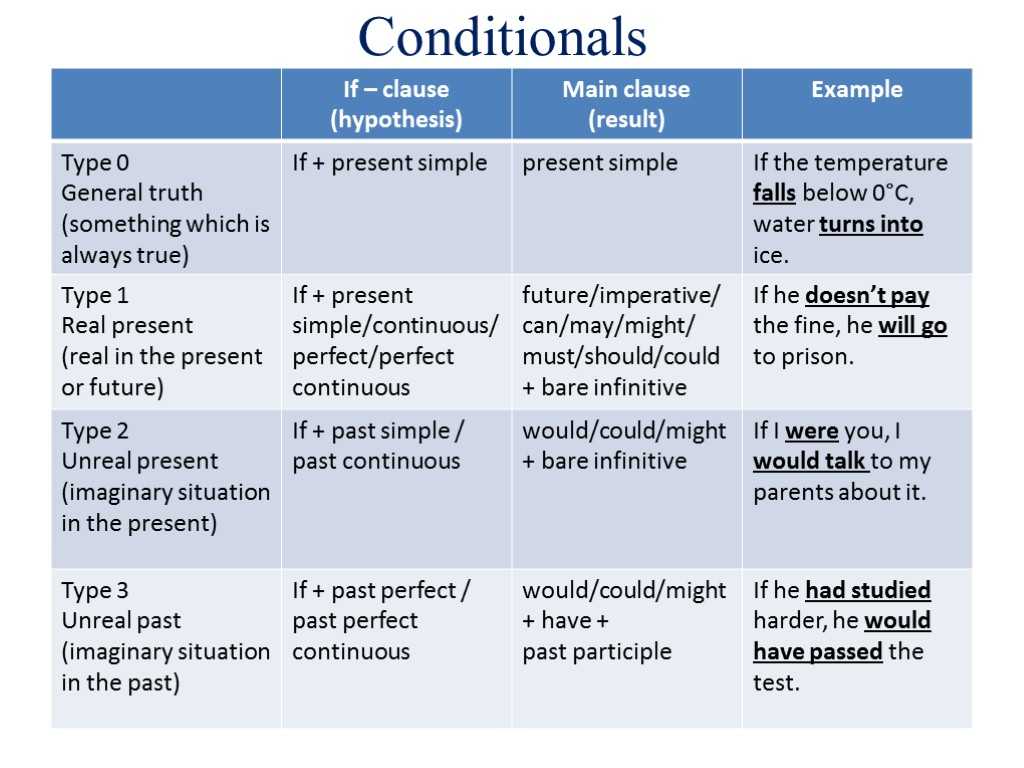 nine0004
nine0004
Stereotypes, alas, are peculiar not only to poorly educated people, but sometimes even to philosophers. Philosophy in the West and in our country has long ignored the body. The body has been the Cinderella of classical philosophy ever since René Descartes, in the 17th century, separated the thinking substance, res cogitans (or, literally, "the thing that knows"), from the material substance, res extensa, endowed only with the property of extension. Thought was thus incorporeal. But philosophers were only interested in it - thought. Already in the 19th century, Hegel declared that the subject of thought is an incorporeal spirit. This was probably due to the fact that philosophers took very little care of their own bodies and sat a lot. nine0004
Nevertheless, let's give Hegel his due: he considered sculpture to be the highest and most beautiful of all arts. And the favorite subject of sculptors is the human body. Hegel defined beauty as the conformity of form to an idea, as an expression of the eternal idea of beauty.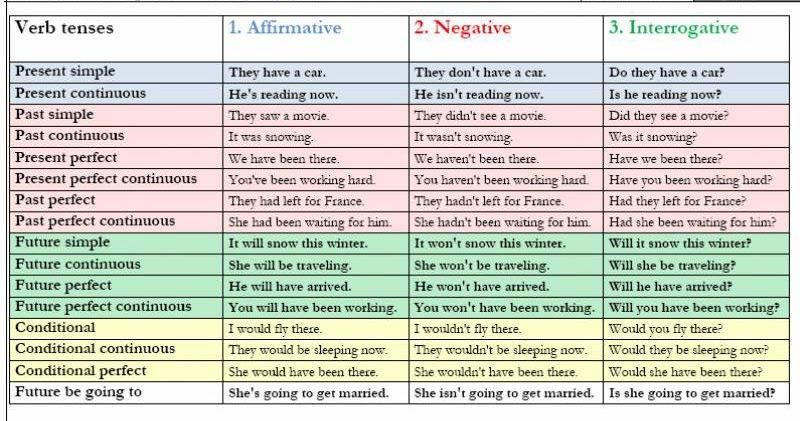 These were the ancient sculptures of heroes, gods, sages-philosophers, whom everyone then admired. But dance is related to sculpture! Dance, like sculpture, is often classified as a plastic art. And at the beginning of the 20th century, a new dance appeared, which was called plastic. It is quite possible to imagine that dance is a sculpture in motion, plasticity is in dynamics. nine0004
These were the ancient sculptures of heroes, gods, sages-philosophers, whom everyone then admired. But dance is related to sculpture! Dance, like sculpture, is often classified as a plastic art. And at the beginning of the 20th century, a new dance appeared, which was called plastic. It is quite possible to imagine that dance is a sculpture in motion, plasticity is in dynamics. nine0004
Friedrich Nietzsche was the first to notice that in dance the body also becomes a work of art, which means that it also expresses an idea, a thought. Nietzsche literally turned classical philosophy upside down. And he did it not least with the help of dance. Like Isadora Duncan, Nietzsche loved antiquity and believed that in ancient Greece the highest stage of human development was reached - a golden age, which people then lost. In The Birth of Tragedy from the Spirit of Music, Nietzsche composes a real ode to dance - an ancient and eternally young dance: “... man ... is ready to dance into the airy heights.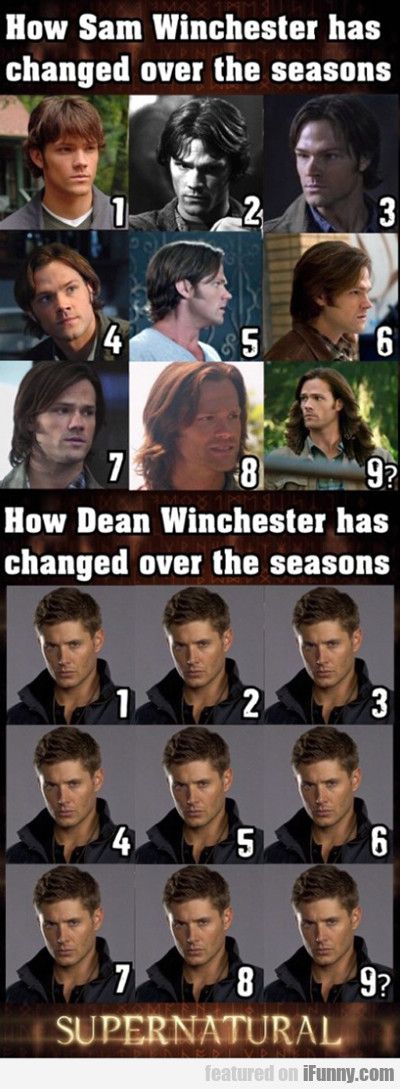 Witchcraft speaks with his body movements. …He feels like a god.” And in the philosophical poem Thus Spoke Zarathustra, Nietzsche writes: "I would only believe in a God who could dance." His Zarathustra dances with nymphs in green meadows. For Nietzsche, dance becomes an attribute of the highest, divine art and thought. Therefore, dance for Nietzsche is a metaphor for thought. The divine lightness of the dance is opposed to everything "serious, weighty, deep, solemn" - in a word, boring; opposes "the spirit of gravity, by which all things fall to the ground." Through the mouth of Zarathustra, the philosopher calls to "learn to fly", "to be light", "to dance not only with your feet, but also with your head" - that is, to be light and free in your thinking, just as a good dancer is free and light in dancing. nine0004
Witchcraft speaks with his body movements. …He feels like a god.” And in the philosophical poem Thus Spoke Zarathustra, Nietzsche writes: "I would only believe in a God who could dance." His Zarathustra dances with nymphs in green meadows. For Nietzsche, dance becomes an attribute of the highest, divine art and thought. Therefore, dance for Nietzsche is a metaphor for thought. The divine lightness of the dance is opposed to everything "serious, weighty, deep, solemn" - in a word, boring; opposes "the spirit of gravity, by which all things fall to the ground." Through the mouth of Zarathustra, the philosopher calls to "learn to fly", "to be light", "to dance not only with your feet, but also with your head" - that is, to be light and free in your thinking, just as a good dancer is free and light in dancing. nine0004
At that time, which is called the Silver Age in Russia, very many became Nietzscheans, spoke his language, using the metaphor of dance. The poet Andrei Bely dreamed that his works were "a dance of self-fulfilling thought. " The same idea is echoed by today's Nietzscheans like the French philosopher Alain Badiou. For him, too, dance is “a metaphor for unsubdued, light, refined thought”, “a sign of the possibility of art inscribed in the body”. Free, unfettered, non-dogmatic thought is like a dance. nine0004
" The same idea is echoed by today's Nietzscheans like the French philosopher Alain Badiou. For him, too, dance is “a metaphor for unsubdued, light, refined thought”, “a sign of the possibility of art inscribed in the body”. Free, unfettered, non-dogmatic thought is like a dance. nine0004
Nietzsche exclaimed: "And let the day be lost for us when we never danced!" The influence of this philosopher-dancer, not only on his colleagues in the workshop, but also on the dancers, can hardly be overestimated. Isadora Duncan loved to read Nietzsche and quoted him in her reflections on dance. She was not the only one: Nietzsche was also read by the German dancer, one of the creators of Art Nouveau, Mary Wigman. Wigman put one of her compositions on a chapter from Nietzsche's poem "Thus Spoke Zarathustra", which is called "Song-Dance". Maurice Béjart and many other dancers read Nietzsche. These are real intellectuals from dance, artist-thinkers. They created not only choreography, but also artistic manifestos and programs: Duncan wrote "Dance of the Future", Rudolf Laban - "The Dancer's World", Mary Wigman - "Philosophy of Modern Dance". nine0004
nine0004
What was the Nietzschean idea of these outstanding intellectual dancers? First, in the criticism of everything artificial. Isadora passionately criticized ballet for its alleged artificiality, conventionality, and the harm it does to the body. And she herself presented an alternative - a "natural" dance, similar to movement in nature. His examples are not six ballet positions (that is, several positions of arms and legs on which the entire choreography of classical ballet is based), but “wave vibrations and the rush of winds, the growth of living beings and the flight of birds, floating clouds and ... human thoughts ... about the Universe ... ". Duncan considered one of the manifestations of the extreme artificiality of the ballet that the movements in it are fractional, isolated, do not follow from each other, are not connected with each other and "are unnatural, because they seek to create the illusion that the laws of gravity do not exist for them." On the contrary, in a free dance, the actions “should carry in themselves a germ from which all subsequent movements could develop” - approximately in the same way as evolution occurs in nature. Dancing, Isadora believed, should be every person, and it will be his own, personal dance, corresponding not to ballet canons, but to the structure of his own body. In other words, she insisted on individuality, freedom, spontaneity in dance - motivating this by the fact that nature itself works this way. “Duncan is not just a name, but a program,” wrote one of her fans in Russia, art critic Alexei Sidorov. nine0004
Dancing, Isadora believed, should be every person, and it will be his own, personal dance, corresponding not to ballet canons, but to the structure of his own body. In other words, she insisted on individuality, freedom, spontaneity in dance - motivating this by the fact that nature itself works this way. “Duncan is not just a name, but a program,” wrote one of her fans in Russia, art critic Alexei Sidorov. nine0004
German dancer Mary Wiegmann (real name - Marie Wiegmann) lived 86 years (1886-1973). By the way, this is far from the only case of longevity among dancers - it seems to me that these people, who were burning with their work, simply could not die and leave this work on earth. So, Wigman began to create her dances in a unique place - on the mountain of Truth, Monte Verita. This was the name of the community of artists, philosophers, anarchists, theosophists, vegetarians, nudists who set up a colony in Italian Switzerland, on the shores of Lake Maggiore. There at 19In the year 13, Rudolf Laban, the son of a field marshal from Austria-Hungary, arrived, who at that time was studying architecture in Paris.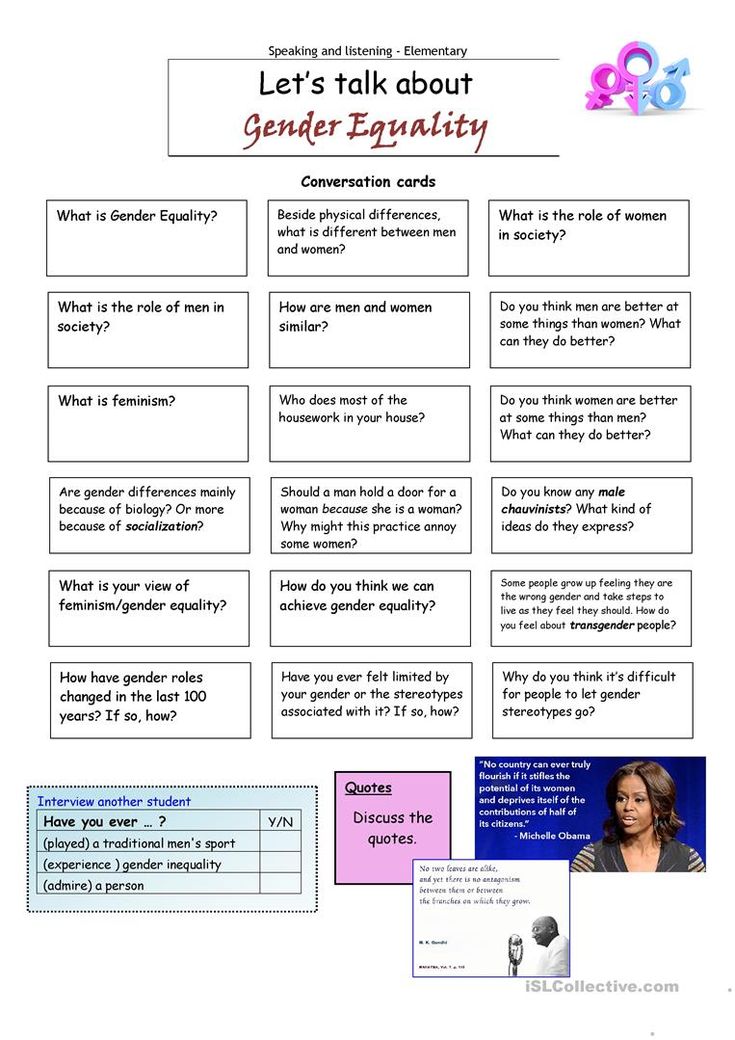 And here he began - like Zarathustra dancing in "round dances" - to lead his "moving choirs". It was like a pantomime performed by a group of people. Wigman, Suzanne Perrotte, and many other future dancers, creators of new styles - expressionism and modernity, participated in these "choirs" (where there was no music and songs, only movement and gestures). In the warm Swiss climate, they danced on the banks of Lago Maggiore, naked or half-clothed, celebrated mass to the sun, and thought up other rituals for the new, liberated humanity. What the colonists on Monte Verita offered - given that at that very time a fratricidal world war was going on in Europe, in which Christians destroyed Christians - was not the worst offer to humanity. nine0004
And here he began - like Zarathustra dancing in "round dances" - to lead his "moving choirs". It was like a pantomime performed by a group of people. Wigman, Suzanne Perrotte, and many other future dancers, creators of new styles - expressionism and modernity, participated in these "choirs" (where there was no music and songs, only movement and gestures). In the warm Swiss climate, they danced on the banks of Lago Maggiore, naked or half-clothed, celebrated mass to the sun, and thought up other rituals for the new, liberated humanity. What the colonists on Monte Verita offered - given that at that very time a fratricidal world war was going on in Europe, in which Christians destroyed Christians - was not the worst offer to humanity. nine0004
Almost all modern dance came from a small commune in the Swiss Alps. We have already mentioned Wigman - here she created her ingenious dance-rituals: she came up with her "Dance of the Witch", then she created the "Dance Song" to the words of Nietzsche, and later, with her students, staged "Monument to the Dead" ("Totenmal") . In her article "The Philosophy of Modern Dance" (1933), she wondered if classical ballet was possible after the World War. Wigman believed that dance should be updated - not only in terms of new movements, steps or steps, but also in terms of the seriousness of the questions that choreographers ask. nine0004 The Witch's Dance by Mary Wigman. 1920s
In her article "The Philosophy of Modern Dance" (1933), she wondered if classical ballet was possible after the World War. Wigman believed that dance should be updated - not only in terms of new movements, steps or steps, but also in terms of the seriousness of the questions that choreographers ask. nine0004 The Witch's Dance by Mary Wigman. 1920s
In addition to Wigman, other modern choreographers also began to address current political and existential questions, questions about life. Kurt Joss staged the contemporary ballet "Green Table" - about those negotiations that European diplomats failed, which led to the world war. Pina Bausch began to study with Joss - she later created her own dance theater in the German city of Wuppertal, one of the most famous in the world. In the 20th century, along with dance-entertainment, a dance-reflection, dance-satire appeared. This is the result of real intellectual dancers appearing—or, as in the case of Laban, intellectuals began to dance, to become dance artists. nine0004
This is the result of real intellectual dancers appearing—or, as in the case of Laban, intellectuals began to dance, to become dance artists. nine0004
They opposed themselves to that light entertainment genre that ballet was traditionally considered to be. It must be said that in the 18th and 19th centuries ballet served as light entertainment, divertissement: ballets in the theater were given in intermissions between two short operas or between two acts of an opera, and often it was called that - ballet divertissement (divertissement in French "entertainment") . To distance themselves from this tradition, the new choreographers called their style not ballet, but modern dance. Modern included Mary Wigman, Kurt Joss and other students of Laban in Europe, and in the USA Martha Graham and other dancers. In our country, modern dance began to develop successfully in 1920s, but was banned for ideological reasons. After that, academic ballet reigned for a long time, and other genres (except, perhaps, folk stage dance) became marginal.
At first, classical ballet remained aloof from the processes that took place in modern dance. However, here, too, choreographers-philosophers appeared who staged meaningful performances. Maurice Bejart also belonged to the dancing philosophers, or philosophizing dancers (he left us relatively recently, in 2007). His real name is Berger; he is the son of the philosopher Gaston Berger, who, in particular, wrote a treatise on Husserl's phenomenology. Maurice graduated from the Lyceum with honors in philosophy, and then he took and went to study classical dance. As in philosophy, he was also successful in ballet - despite his small stature and short legs, he performed the title role of Siegfried in Swan Lake. nine0004
In the mid-1950s, Béjart founded his first company and staged his first ballet, La Symphonie for a Solo Man (La Symphonie pour un homme seul) to "concrete music" by contemporary composer Pierre Henry. Specific music was an electronic compilation of musical fragments, sounds of nature and household noises - for example, factory horns.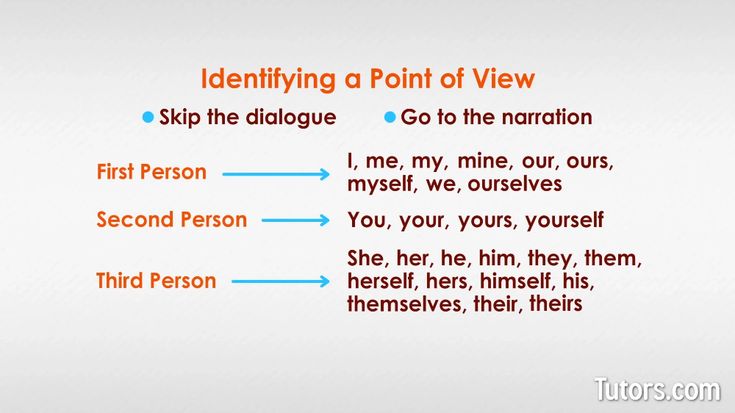 The music alone provoked the audience - there really was a scandal at the premiere. Moreover, the theme is not typical for ballet: existentialism, loneliness, anxiety. These sentiments, however, were very typical of those years when Jean-Paul Sartre was the most popular philosopher. Bejart, thus, immediately declared himself as a choreographer-philosopher. And five years later he finally read Nietzsche, and this reconciled his two strongest passions - philosophy and dance. And his dance changed, became more powerful, passionate and vital. Having created a new company - "Ballet of the 20th century", Bejart turns to ancient myths, in which movement, dance have a sacred meaning, and puts on the ballets "Orpheus", "The Rite of Spring", "Sacrifice". nine0004
The music alone provoked the audience - there really was a scandal at the premiere. Moreover, the theme is not typical for ballet: existentialism, loneliness, anxiety. These sentiments, however, were very typical of those years when Jean-Paul Sartre was the most popular philosopher. Bejart, thus, immediately declared himself as a choreographer-philosopher. And five years later he finally read Nietzsche, and this reconciled his two strongest passions - philosophy and dance. And his dance changed, became more powerful, passionate and vital. Having created a new company - "Ballet of the 20th century", Bejart turns to ancient myths, in which movement, dance have a sacred meaning, and puts on the ballets "Orpheus", "The Rite of Spring", "Sacrifice". nine0004
In 1961 Béjart staged perhaps his most popular ballet, Boléro. Bejart's favorite dancer Argentine Jorge Donn, Maya Plisetskaya, Sylvie Guillem shone in it ... Bejart was not the first to turn to Ravel's music. In fact, this composition was composed by Ravel at the request of the dancer Ida Rubinstein. The ballet "Bolero" was staged for her by the sister of the famous Vaslav Nijinsky, the wonderful performer and choreographer Bronislava Nijinsky herself. The ballet takes place in a tavern, and in the finale, Ida jumped on the table and danced on it, surrounded by enthusiastic male patrons. If you have seen Béjart's "Bolero" (or you can watch it right now), then you know that this dance is also performed on a raised platform. But due to a completely different choreography, idea, mood, this dance is more like not drunken fun in a pub, but a very serious and passionate sacrificial ritual. Even Bejart's table is not a table, but an altar on which sacrifice is made. nine0004 Bolero. Choreography by Maurice Bejart, music by Maurice Ravel. Dancing Jorge Donn. 1960
The ballet "Bolero" was staged for her by the sister of the famous Vaslav Nijinsky, the wonderful performer and choreographer Bronislava Nijinsky herself. The ballet takes place in a tavern, and in the finale, Ida jumped on the table and danced on it, surrounded by enthusiastic male patrons. If you have seen Béjart's "Bolero" (or you can watch it right now), then you know that this dance is also performed on a raised platform. But due to a completely different choreography, idea, mood, this dance is more like not drunken fun in a pub, but a very serious and passionate sacrificial ritual. Even Bejart's table is not a table, but an altar on which sacrifice is made. nine0004 Bolero. Choreography by Maurice Bejart, music by Maurice Ravel. Dancing Jorge Donn. 1960
Such was the increased seriousness and even sacredness of modern dance in comparison with its predecessor, classical ballet of the 19th century.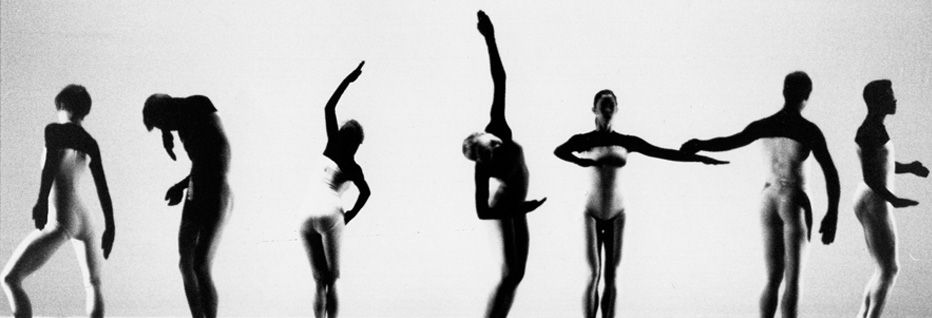 It should be added that Bejart himself converted to Islam in the late 1960s, but Buddhism was also close to him. And he called his last dance schools "Mudra" (which means "gesture" in Hindi) - in Brussels, and "Rudra" (after the name of the deity) - in Lausanne. Over the past twenty years, Béjart has staged almost a hundred ballets, including, a year before his death, Zarathustra: Song and Dance. Zarathustra for him is a philosopher, a prophet, a legislator, a dancing god who dances with his feet and head. nine0004
It should be added that Bejart himself converted to Islam in the late 1960s, but Buddhism was also close to him. And he called his last dance schools "Mudra" (which means "gesture" in Hindi) - in Brussels, and "Rudra" (after the name of the deity) - in Lausanne. Over the past twenty years, Béjart has staged almost a hundred ballets, including, a year before his death, Zarathustra: Song and Dance. Zarathustra for him is a philosopher, a prophet, a legislator, a dancing god who dances with his feet and head. nine0004
More to read:
Badiou A. A small guide to inaesthetics. St. Petersburg, 2014.
Bezhar M. A moment in the life of another. Memoirs. M., 1989.
Valerie P. On Art. Soul and dance. M., 1993.
Duncan A. Dance of the future.
Nietzsche F. Thus spoke Zarathustra.
Give your friends and family a subscription to Radio Arzamas and Gusgus
Happy New Year! So that your loved ones can spend the next year with the Vikings and Tolkien, the Etruscans and the "Fulcrum", Kharms and primitive people, give them a subscription to our applications
Do you want to be aware of everything?
Subscribe to our newsletter, you'll love it. We promise to write rarely and in the case of
We promise to write rarely and in the case of
Courses
All courses
Special projects
Audiolects
10 minutes
1/7
What is the dance of the dance, which is studied by biomechanics and kinesiology and how at the beginning of the 20th century, the attitude towards the body changedReading by Irina Sirotkina
How does ordinary movement differ from dance, what is studied by biomechanics and kinesiology, and how the attitude to the body changed at the beginning of the 20th century
16 minutes
2/7
dance and how the choreographers talked about loneliness, the future of mankind and the causes of the First World War
Reads Irina Sirotkina
Why Nietzsche’s God must dance and how the choreographers spoke about loneliness, the future of mankind and the causes of the First World War
13 minutes
3/7
What is the difference between dance and dance
Why should the authorities control folk festivals, what is the utopia of ecstatic dancing and what is dangerous about the undisciplined body
ecstatic dance and why an undisciplined body is dangerous
13 minutes
4/7
Dance: element or art?
Why teach natural movement, how to make a dancer a "non-human" being, and what do pointe shoes and bioprostheses have in common 915 minutes attractiveness of acrobatics and why it is more interesting to look at dance if you have tried to dance yourself
Reads by Irina Sirotkina
Where does dexterity come from, what is the attractiveness of acrobatics and why is it more interesting to look at dance if you have tried to dance yourself
14 minutes
6/7
The ideal body for dancing
How does a ballet body differ from a jazz body, why Martha Graham would not have tolerated virgins in her troupe and is it possible to be able to dance everything
ballet body Reads on Irina 9002 different from jazz, why Martha Graham would not tolerate virgins in her troupe and is it possible to be able to dance everything
12 minutes
7/7
Dance as desire
What ordinary movements of an untrained body can tell about what shocked the audience in Isadora Duncan and why dance is a desire machine
Reading by Irina Sirotkina
What ordinary movements of an untrained body can tell about, what shocked the audience in Isadora Duncan and why dance is a desire machine
Materials
9 languages of modern dance
How to recognize Pina in several movements
What was danced in the 20th century
The most fashionable dances of salons and discos and the most daring choreographic phenomena in 100 years
The history of modern dance in 31 productions
Ballets, plays and performances that changed the idea of choreography
Test: Distinguish ballet from opera culture
What Madonna, Andy Warhol and Charlie Chaplin borrowed from the main choreographers of the 20th century
0004 OdnoklassnikiVKYouTubePodcastsTwitterTelegramRSS
History, literature, art in lectures, cheat sheets, games and expert answers: new knowledge every day
© Arzamas 2023.
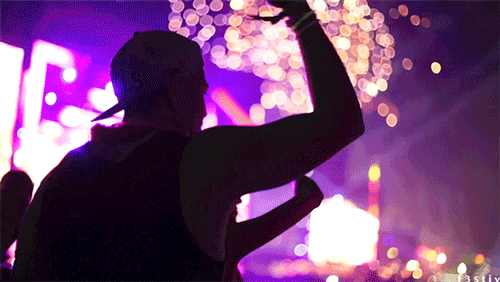

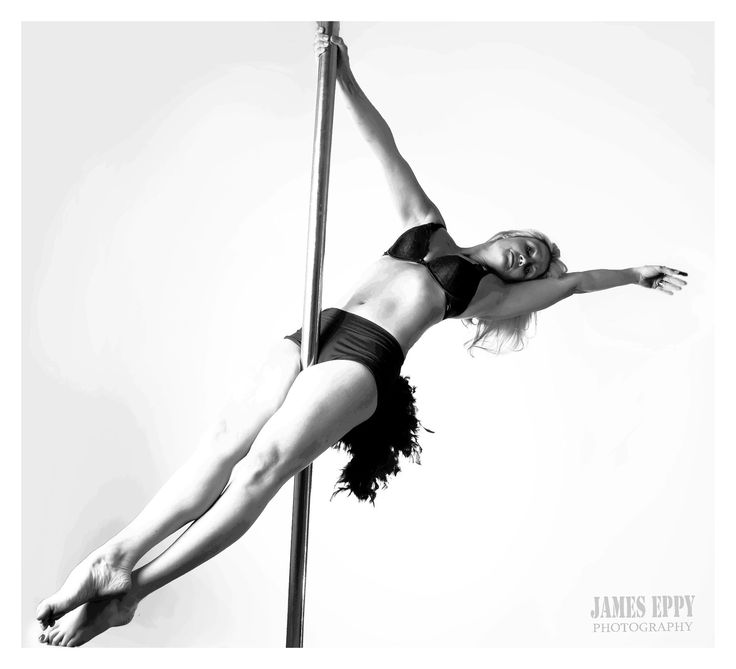

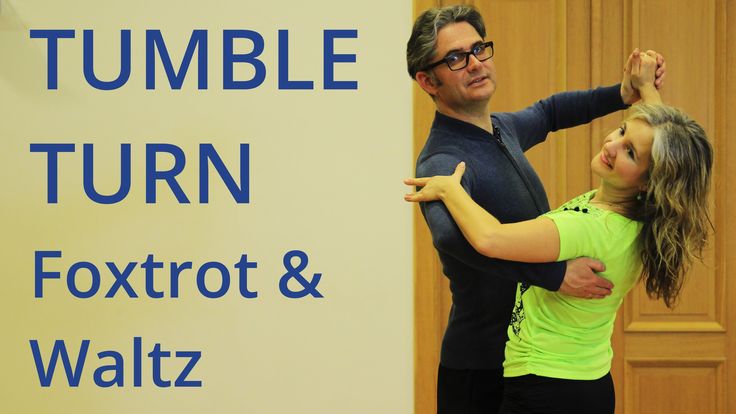
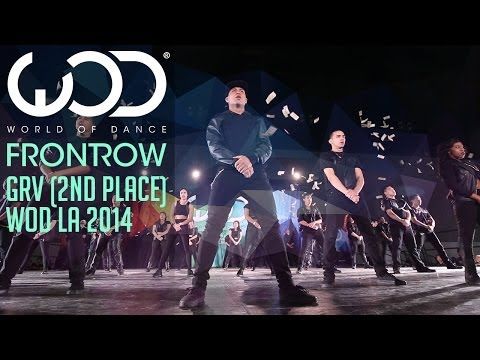
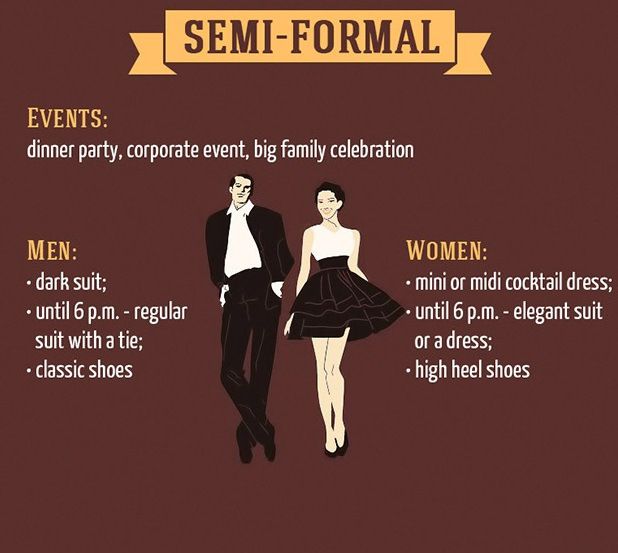


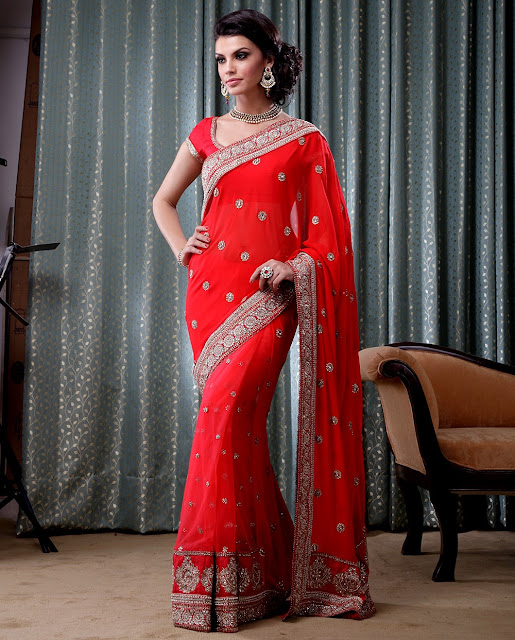.jpg)
